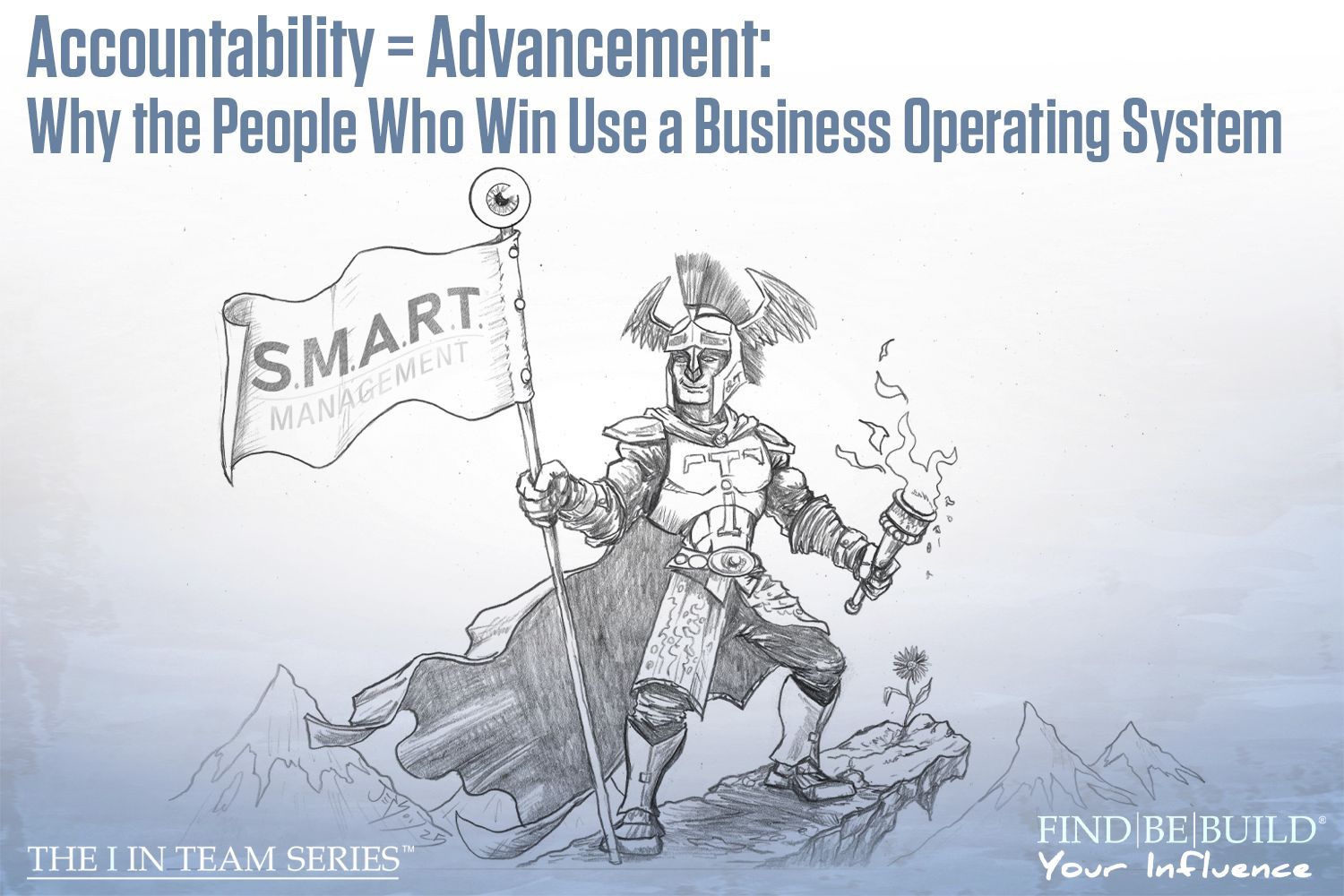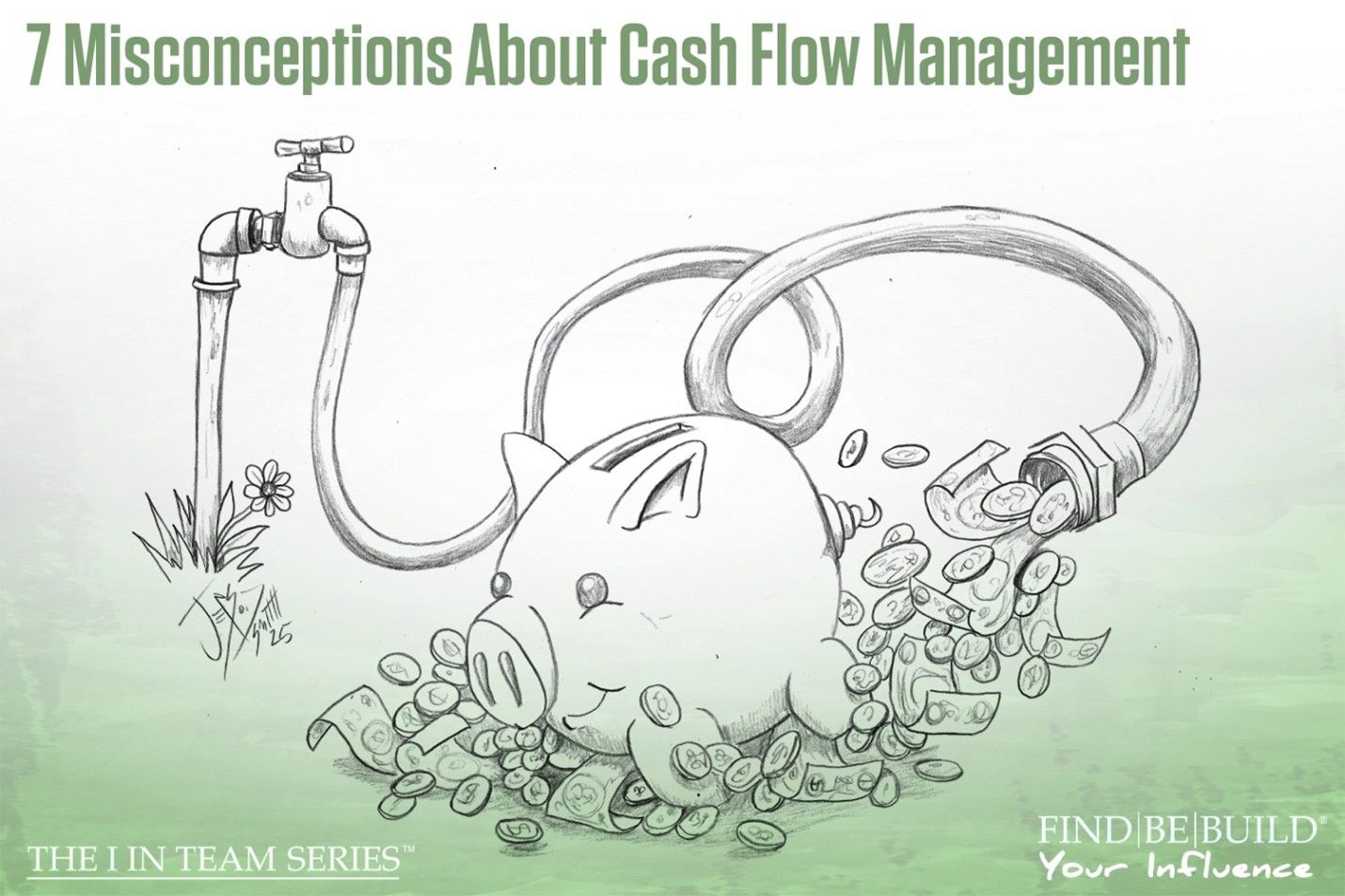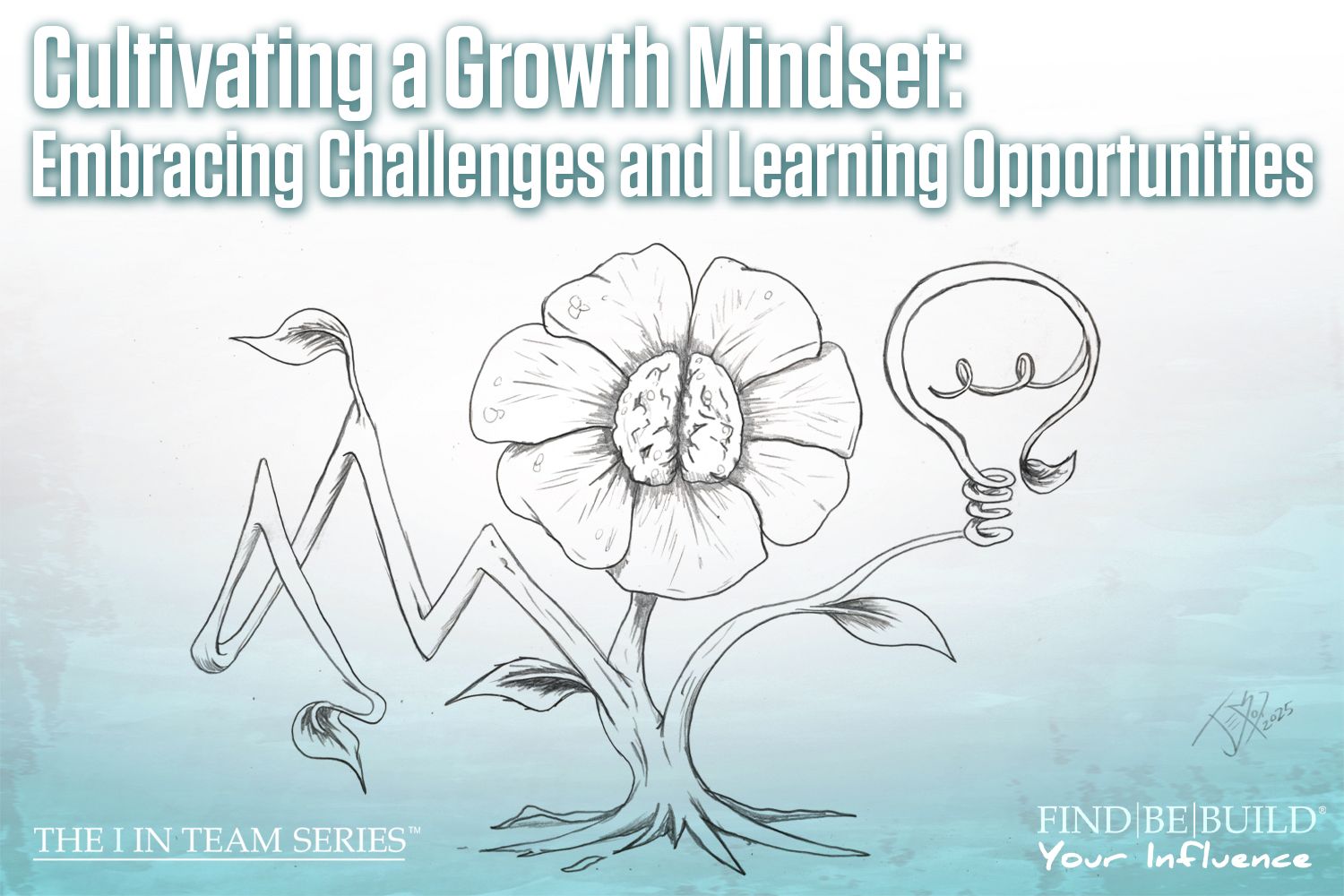The Importance of Diversity in Organizations

Diversity in business consulting
Hi, team! It’s your friend, Mary, with the “I” in Team series where you can find , be , and build your positive influence. In honor of Black History Month (and in the spirit of fostering growth and inclusion for all types of diversity), our team decided to put together our thoughts on the importance of diversity in organizations. While this blog will certainly not highlight all the ways in which diversity is important, it will help outline the basics. Should you be curious and wish to dive deeper into the topic of diversity in your organization, one of the best resources is Harvard Business Review’s section on Race, Equity, and Power at Work.
Support Growth
One of the number one reasons why diversity in organizations is so vital is because there are numerous types of diversity that must be celebrated, and, in doing so, you bring valuable insight into your team. With diversity supported, you promote growth within your organization by ensuring fresh ideas are constantly circulating, people engage in healthy discussions that support personal and professional development, and you put yourself ahead of the competition. To provide a simple example, let’s look at food. If you lack food diversity, you don’t get all the vitamins and minerals you need, your tastebuds will probably get lonely, and you will eventually burnout from boredom. However, if you can eat a diverse array of foods and celebrate those foods, then you keep your body running in optimal condition, your tastebuds are happy and look forward to eating, and you won’t have to worry about boredom creeping up and creating a stale environment.
It sounds like a silly comparison (food to people), but it’s an easy way that we can understand why diversity is so valuable to the growth of an organization. Since organizations are considered entities, they must be treated and nourished as such. And the best entities take in, celebrate, and enjoy the diversity of humanity. Organizations will not only realize increased innovation and creativity from their diverse teams, but they will also quickly see an increased bottom line. So not only is fostering diversity in organizations what is best for the community, but it is also best for the longevity of the company. However, it is vitally important to understand that diversity will not simply happen because you have differing people and minds on your team. Diversity will not stay or grow if inclusion is not a core tenant of the company’s culture.
Fostering Inclusion
Building diversity in organizations will likely not be possible if your team lacks the ability to be inclusive, but what does inclusion mean? What does it look like? In the simplest terms, inclusion is about treating people as people rather than treating them as objects. By this we mean that you foster compassion, communication, and a desire to understand that every other person on this Earth is just as valuable as you are. People all have their own dreams, wants, and desires; they are just like you and me. When we treat people as people, we see them as equal to us and extend our compassion toward them. This opposes seeing people as objects, where we see people as pawns to our plan and refuse to see them as someone who is just like us (meaning, they are also a human being).
Fostering inclusion on your team isn’t about being perfect; it’s about creating positive connections that build trust. Will you make mistakes at times? Yes. But this is normal and should not deter you from trying to hold compassion for yourself and others. We are all human, which means we are all imperfect and make mistakes. The best ways to foster inclusion are to have a growth mindset and be open to having new experiences, learn from different perspectives, and help others to feel valued, heard, and appreciated for their contribution. We all want to feel like we are respected for being ourselves, regardless of how we may look or sound or by what makes us diverse in ways that others may not be able to see. One of the most important aspects of fostering inclusion in the workplace is having leaders who support building positive culture.
Positive Culture
Culture is people ; it is propelled by how each individual member acts toward themselves and others. This is ultimately led and demonstrated by the leaders of the company. While anyone can ultimately strive to build a positive culture in their organization, it’s typically the people who others look up to that will set the tone. Unfortunately, if leaders don’t take it upon themselves to actively build a positive culture, the culture will be left to build itself. This typically turns out poorly.
However, if you strive to build a positive culture that fosters inclusion and diversity in your organization, then you will see innumerable benefits for all stakeholders. Employees will have better performance, productivity, satisfaction, engagement, and motivation (with decreased turnover). It can also help to attract top talent and instill a positive reputation within your community, as well as increase shareholder value.
Bottom Line
The importance of diversity in organizations should not be overlooked. If you want to be a proponent of the beauty of humanity (diversity), it starts with you and how you treat those around you. Diversity will increase the likelihood of your organization’s success for the foreseeable future as you bring together great minds for collaboration. You will get the best out of all your people if you make them feel included, appreciated, and valued for their contribution to the team, rather than making them feel judged. This all starts with a positive culture propelled by leaders and adopted by the rest of the team.
The post The Importance of Diversity in Organizations appeared first on IA Business Advisors.












